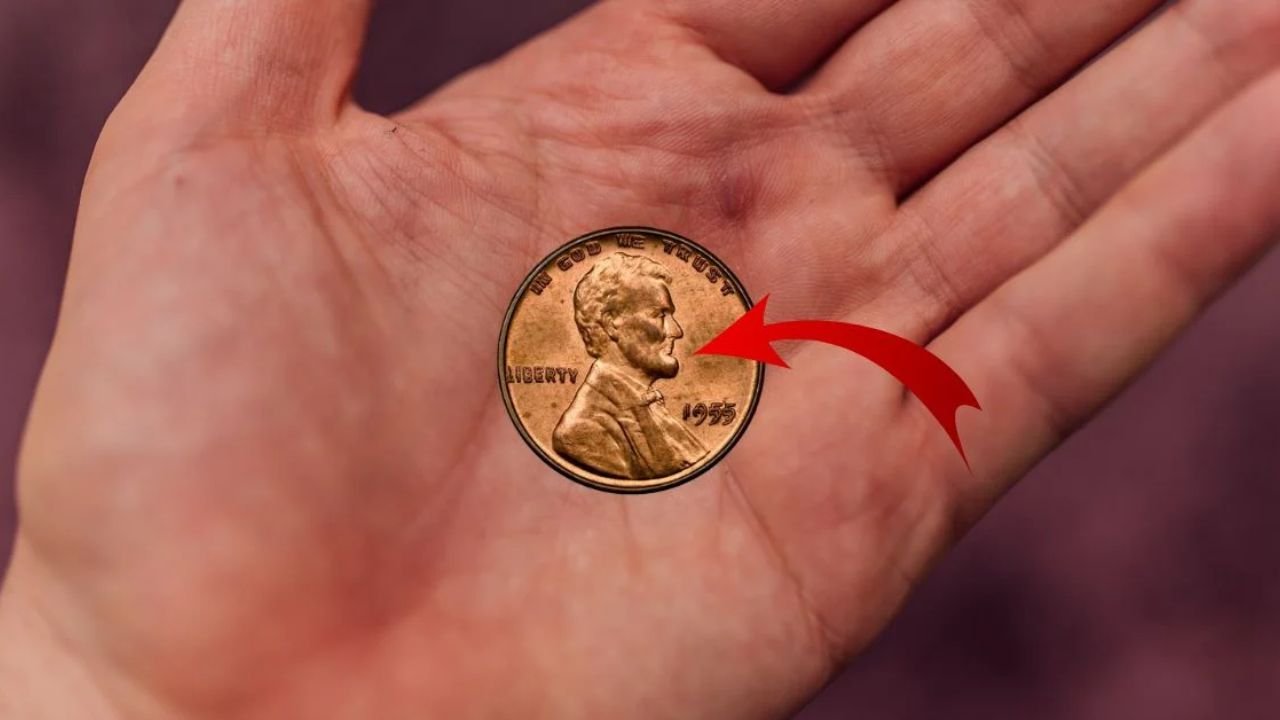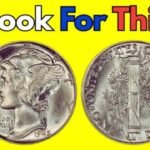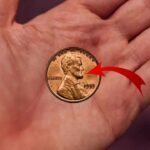Imagine digging through your change and discovering a coin that could be worth $224,000. It may sound like a fantasy, but that dream became a reality when a rare Lincoln Wheat Penny from 1958 — struck with a double die error — sold for over $224,831 at auction. Astonishingly, coins like this are still turning up in everyday pocket change, coin jars, and drawers.
Bajaj Pulsar NS 200: Power-Packed Performer With Stunning Design and Practical Mileage
Here’s the full story behind this exceptional find, and how you might just have a piece of numismatic history hidden in your own change.
What Is a Double-Die Error?
A double die error occurs when the coin die — the metal piece that stamps the design — shifts slightly between impressions. This results in parts of the design appearing doubled. In the case of the 1958 Double Die Lincoln Wheat Penny, the doubling is visible in inscriptions like “In God We Trust,” “Liberty,” and the “1958” date itself.
Even casual coin collectors can spot this visual doubling, making it one of the most identifiable and collectible minting errors. And while double die varieties are known in various years, the 1958 example is particularly rare and desirable.
Origins of the 1958 Double-Die Lincoln Penny
This rare coin was minted at the Philadelphia Mint, which traditionally omits mint marks (unlike the “S” from San Francisco or “D” from Denver). Very few 1958 double-die coins were ever produced, and only a handful are known to exist today. That extreme scarcity — paired with a clear, extreme doubling and excellent preservation — explains why one specimen fetched such a high price.
Why Did It Sell for $224K?
Several factors contributed to its record-busting auction price:
-
Rarity – The double-die error was not a common occurrence in 1958.
-
Market Demand – Collectors prize visible errors in top condition.
-
Uncirculated Grade – The coin’s pristine state boosted its appeal.
-
Historical Significance – It’s a tangible error with roots in the pre-Bicentennial era.
This perfect mix of scarcity, quality, and historical intrigue makes it one of the most valuable Lincoln Wheat Pennies ever sold.
Also Read – Yamaha RX 125: The Iconic King Returns in a Sporty New Avatar
How to Spot a 1958 Double-Die Lincoln Wheat Penny
If you have older pennies at home, here’s how to check for this rare find:
-
Examine “In God We Trust” and “Liberty”: Look for slightly doubled letters—an unmistakable sign of a double die error.
-
Inspect the date: The year “1958” should show clear doubling.
-
Note the absence of a mint mark: Since Philadelphia-minted pennies don’t carry an “S” or “D,” ensure your coin is plain.
-
Check the condition: Ideally, the coin should be uncirculated or minimally circulated — scratches and wear reduce value.
If you believe your penny is a winner, don’t spend it. Instead, preserve it in a protective sleeve and seek a professional evaluation.
Protecting Your Treasure
Once you suspect you’ve got a rare Lincoln Wheat Penny, take these steps:
-
Stop handling it — oils and dirt can diminish value.
-
Store it carefully, using a coin flip or archival sleeve.
-
Verify its authenticity and grade with a reputable coin grading service like PCGS or NGC. These experts can confirm its rarity and condition.
A professional grading certificate can significantly boost resale value, especially if the coin is a genuine 1958 double die.
More Than Just Money — A Living Piece of History
That 1958 error coin isn’t just valuable—it’s a story of American minting history. Each doubled inscription represents a moment when machinery slipped, creating a tiny misprint with outsized impact. Holding it is like cradling a page of history—unplanned, unique, and deeply fascinating. Lincoln Wheat Penny
FAQs About the Lincoln Wheat Penny
Q: What is a Lincoln Wheat Penny?
A: It’s the one-cent coin minted from 1909 to 1958 featuring Abraham Lincoln’s profile on the front and wheat ears on the back.
Q: Why is the 1958 double-die version so valuable?
A: Rarity, clear doubling errors, and excellent condition make it one of the most prized Lincoln Wheat Pennies in numismatics.
Q: Could this coin still be found in pocket change?
A: Yes! Even ultra-rare coins can slip into circulation by accident, especially in older pennies mixed in with everyday change.
Q: How can I be sure it’s real?
A: Submit it to a recognized grading service like PCGS or NGC for professional identification and authentication.
What If I Find One?
A penny of this sort isn’t common—many collectors may go their entire lives without seeing one. But if you do:
-
Handle it with care and get it professionally graded.
-
Consider holding onto it, as rarity and historical importance could increase its value further.
-
Sell it through reputable channels, such as certified auction houses or coin dealers, to ensure you get the best price. Lincoln Wheat Penny
Final Thoughts — Why This One Is Special
The story of the 1958 Double Die Lincoln Wheat Penny is a reminder: even commonplace items can hold extraordinary secrets. That simple 1¢ coin, seen by billions of Americans, contained an error that fetched over $224,000. Its rarity and condition, combined with a passionate collector market, turned a humble coin into a megabucks treasure.
So the next time you reach for a penny, take a moment. Could it be more than meets the eye? Whether you’re new to the hobby or a seasoned collector, your next piece of pocket change might just be the next great numismatic discovery. Lincoln Wheat Penny
New Mahindra Scorpio N: Power-Packed SUV with 35kmpl Mileage and Stunning Design
Some Important Link
| Telegram Group | Click Here |
| WhatsApp Group | Click Here |
| Home Page | Click Here |










